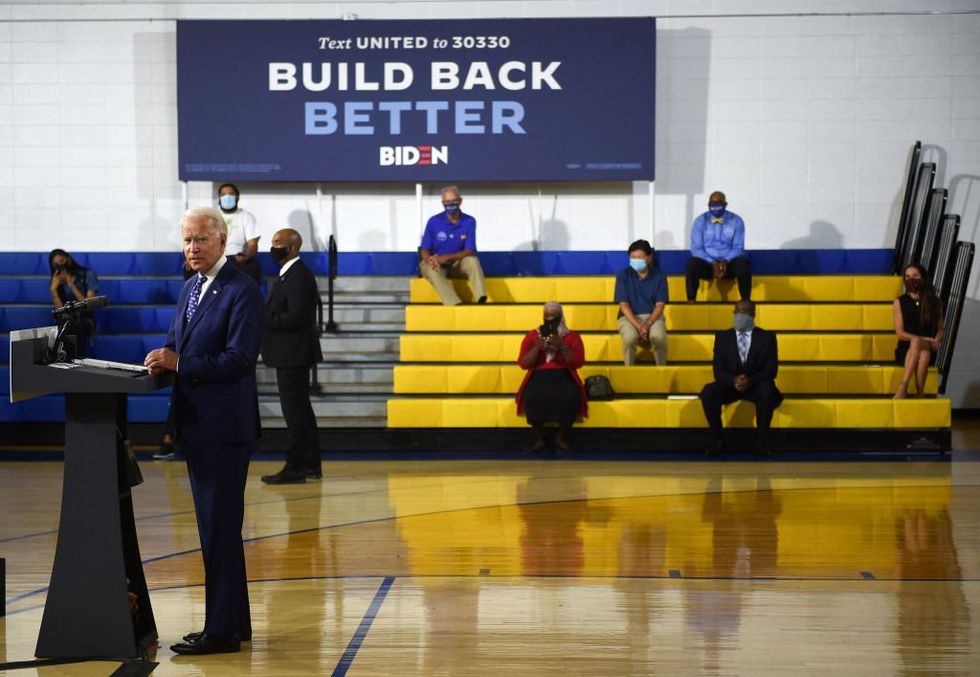Fixing the U.S. Navy’s readiness crisis
'At any given time, we have only 12 seaworthy amphibious ships to cover the entire world'



Whenever a global crisis arose, since the start of the Cold War, a president’s first question has always been “where are the carriers and where are the Marines?” Until recently, the answer was a few hours or a few days away. That is no longer the case.
Today, we have only two Navy aircraft carriers forward deployed, both in the Middle East monitoring the war in Gaza and Southern Lebanon. For the Marines, there are not enough amphibious ships to maintain a persistent presence in the three critical global hot spots – the Mediterranean, Persian Gulf, and the Indo-Pacific.
For the first time, in the past few years, the Navy-Marine Corps team could not respond to crises situations in Sudan and Turkey. While the Marine Corps is partly to blame for shedding significant parts of its traditional amphibious role to concentrate on island defense in China’s first island chain. The greatest problem, however, has been a lack of amphibious ships to carry the marines.
The readiness of amphibious ships, critical to the Marine Corps statutory and traditional mission has fallen to forty percent. At any given time, we have only twelve seaworthy amphibious ships to cover the entire world. With crises emerging around the globe, this critical shortfall is unacceptable. What went wrong and how do we fix it?
A significant part of the problem is the decay of leadership in both naval services and across the nation’s armed services. However, there are some short-term innovative fixes to improve amphibious readiness and perhaps the overall readiness of the surface Navy and the Marine Corps.
The most glaring area that needs to be addressed in the short-term is the decrepit state of America’s shipbuilding industrial base. A result of the post-Cold War “peace dividend”, many shipyards that caused naval construction and maintenance shut down. Needed maintenance must be deferred due to the que of ships needing repair and overhaul.
Recently, a number of defense thinkers have suggested outsourcing maintenance and repair to allies and friends, particularly in the Pacific. Japan, South Korea, and the Philippines have the capacity to do such work.
While those advocating for America first might object, the short-term requirement to achieve necessary Naval and Marine readiness cannot wait for the long-term solution of recapitalizing our shipbuilding capacity in the U.S. Rebuilding our maritime industry will take years, if not decades.

Outsourcing shipbuilding to allies could extend to destroyers and cruisers but would be limited in the work that could be done to submarines and aircraft carriers, due to the highly classified nature of many of their components. Shipbuilding and maintenance assistance from our allies would allow U.S.-based industry to focus on the mission of shipbuilding.
Ships like the San Antonio-class transport dock, the upgraded Arleigh Burke-class destroyers, and the proposed new frigate along with the America-Class amphibious assault ship and Ford-class super carriers which are essential to keeping pace with China’s rapidly expanding fleet arsenal.
Another area where we could improve is the modernization of existing ships. Every year, we turn perfectly good ships into razor blades and coral reefs. Three decades ago, I suggested in a Newport Paper that we consider new weapons and electronic warfare modules on older, but still serviceable, hulls. Most of the modernization in warfare is in those areas. Propulsion has not improved radically, neither has hull armor.
This approach is particularly relevant for amphibious ships. They are built to last, and we should use them that way. This approach is particularly relevant for amphibious ships. They are built to last, and we should use them that way.
As our fleet ages along with the flag officers in charge, mid-life crises seem to be compelling them to buy the newest and best ships money can buy, but lessons from the LCS, Zumwalt-class destroyer, and current challenges with the future frigate indicate more practical short-term fixes are needed if not imperative.
If we are to stay competitive with China and continue to be able to respond to crisis situations globally, we need to think more creatively about naval readiness. The current leadership crises in the Navy and Marine Corps need not be a crises of our vast naval fleet.
Gary Anderson is a retired Marine Corps Colonel. He lectures on alternative Analysis at George Washington University. He is the author of Beyond Mahan: A Proposal for a U.S. Naval Strategy in the Twenty-First Century.
SUPPORT TRUTHFUL JOURNALISM. MAKE A DONATION TO THE NONPROFIT WND NEWS CENTER. THANK YOU!
Originally Published at Daily Wire, World Net Daily, or The Blaze
What's Your Reaction?
































































































